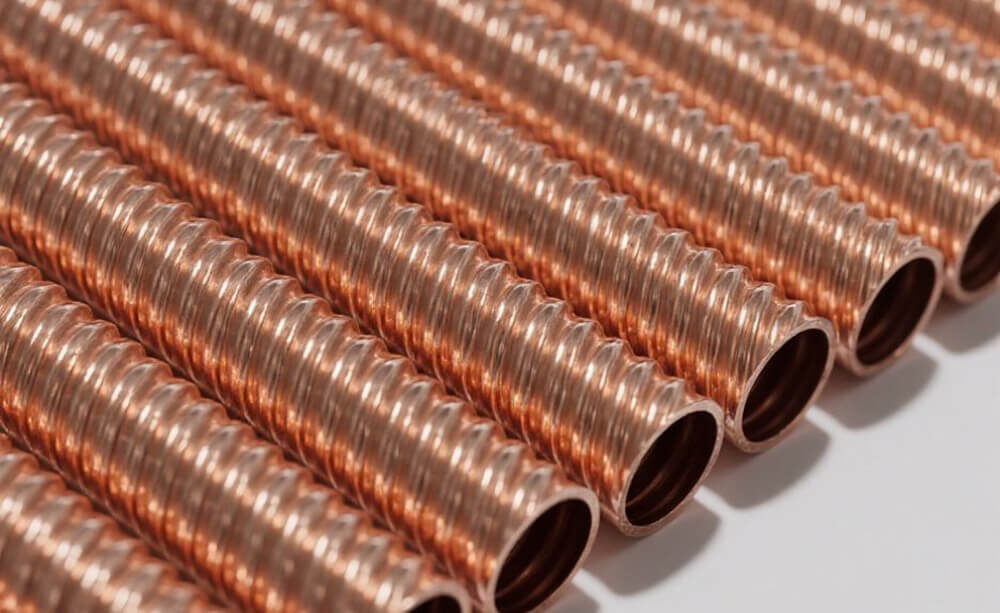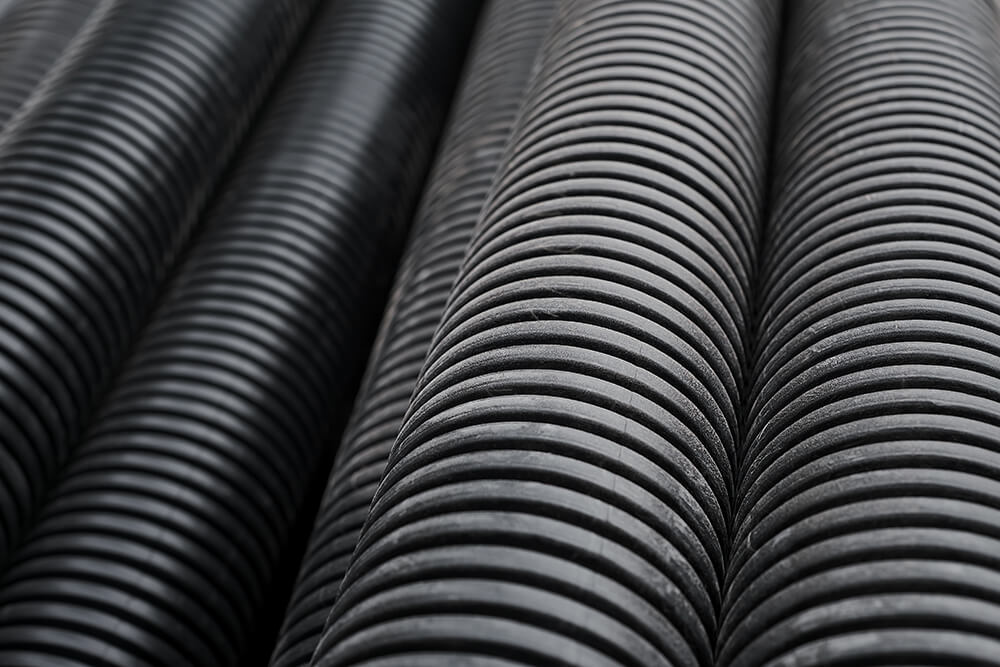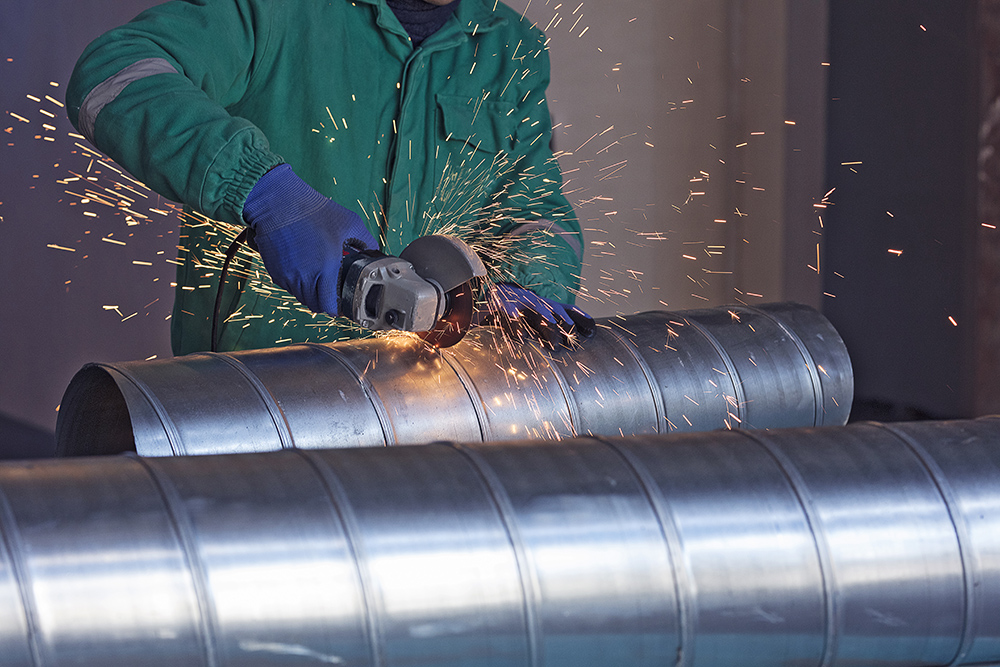When designing a finned tube condenser, whether for HVAC systems, refrigeration units, or industrial cooling applications, engineers face a range of complex variables. These include determining the optimal tube length, selecting the correct fin density, calculating cooling capacity, and ensuring the system operates efficiently under different conditions. Thankfully, several software tools can assist with this process, helping engineers streamline design, optimize performance, and minimize costs. But which software options are best for designing a finned tube condenser? Let’s dive into the details.
Understanding Finned Tube Condensers
A finned tube condenser is a type of heat exchanger that utilizes tubes with attached fins to increase the surface area available for heat transfer. This design is particularly efficient for applications requiring high thermal performance, such as in air conditioning, refrigeration, and power generation systems. The goal of a finned tube condenser is to transfer heat from a refrigerant or fluid to the surrounding environment efficiently, leading to lower temperatures for the working fluid.
To achieve this, the condenser’s design must strike a delicate balance between heat transfer efficiency and pressure drop. The number of fins, their shape, material, and spacing all play a significant role in the system’s performance.
Key Factors in Designing a Finned Tube Condenser
Before diving into software options, it’s essential to understand the critical elements involved in designing a finned tube condenser:
- Tube Length: Longer tubes provide more surface area for heat exchange but can also increase pressure drop. The tube length must be optimized to balance heat transfer and energy consumption.
- Number of Fins: More fins generally increase heat transfer but also add resistance to airflow, leading to higher pressure drops. The number and arrangement of fins must be calculated based on the specific application requirements.
- Fin Geometry: Fins can come in various shapes, such as straight, louvered, or spiral. The geometry affects the heat transfer characteristics and the airflow resistance.
- Cooling Capacity: This is one of the most crucial factors, as the condenser must effectively cool the fluid or refrigerant in a given time. Cooling capacity is determined by the fluid flow rate, temperature differences, and heat exchange surface area.
- Fluid Dynamics: Engineers need to analyze the flow of fluids—both the refrigerant inside the tubes and the air or water outside the fins. This involves understanding heat transfer coefficients, Reynolds numbers, and the impact of turbulence.
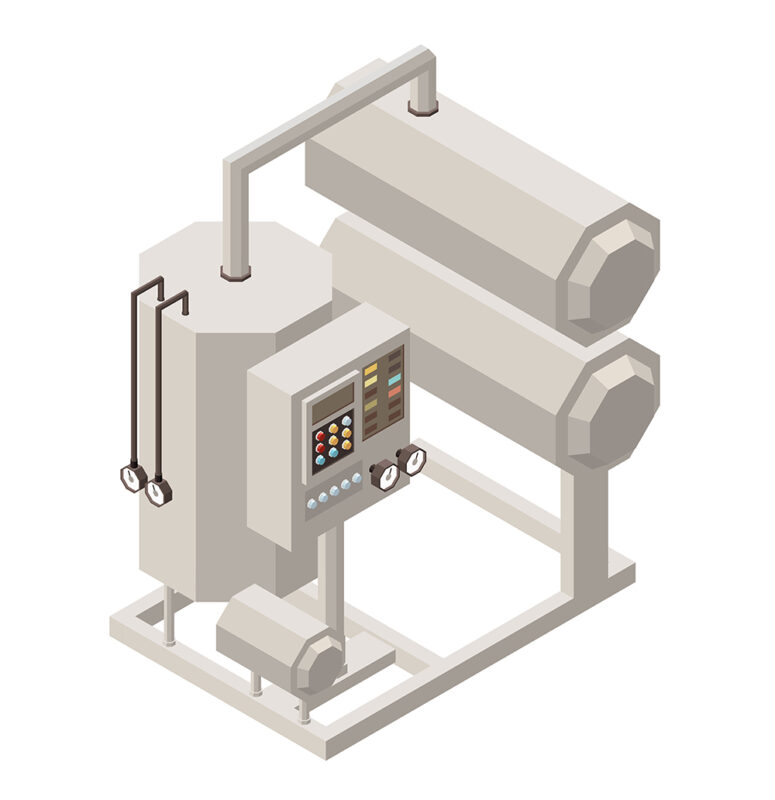
Software for Designing Finned Tube Condensers
With these parameters in mind, let’s explore the most commonly used software tools for designing finned tube condensers. These tools help engineers to simulate, model, and optimize different aspects of the system, ensuring that it meets performance requirements while minimizing costs.
1. HTFS (Heat Transfer and Fluid Flow Software)
HTFS is one of the most widely used software packages in the heat exchanger industry. It’s designed to calculate heat transfer, pressure drop, and performance parameters of various heat exchanger types, including finned tube condensers. HTFS is a comprehensive solution for:
- Tube and fin geometry: It allows engineers to model different types of tubes and fin arrangements to find the best solution for specific needs.
- Heat transfer calculations: The software helps calculate heat transfer rates, ensuring that the condenser can meet the required cooling capacity.
- Pressure drop analysis: HTFS can simulate the impact of different flow conditions on pressure drop, helping engineers optimize tube length and fin density.
HTFS is a powerful tool for both experienced engineers and newcomers, as it offers an intuitive interface and extensive libraries of materials, fluid properties, and fin designs.
2. ANSYS Fluent
ANSYS Fluent is one of the most advanced computational fluid dynamics (CFD) tools available, and it is particularly useful for analyzing and designing finned tube heat exchangers. Unlike traditional software, Fluent simulates fluid flow, heat transfer, and turbulence in highly complex systems. Some of its key features include:
- Detailed fluid flow simulation: ANSYS Fluent can model the behavior of both the refrigerant inside the tubes and the external airflow over the fins. It provides precise insights into pressure drop, temperature distribution, and fluid dynamics.
- Heat transfer modeling: The software accurately models heat exchange processes between the fluid and the fins, accounting for changes in temperature and material properties.
- Optimization: Engineers can run multiple simulations to optimize fin spacing, material selection, and tube length to improve the efficiency of the condenser.
For those looking to deeply understand and optimize every aspect of their finned tube condenser, ANSYS Fluent offers the precision and flexibility required.
3. Aspen Plus
Aspen Plus is a powerful process simulation software commonly used in chemical engineering, but it also has applications in the design and optimization of heat exchangers, including finned tube condensers. It is particularly strong in simulating the overall performance of thermal systems and handling complex chemical reactions. Key features of Aspen Plus include:
- System-level simulation: Aspen Plus is great for designing the entire HVAC or refrigeration system. It can simulate the performance of the entire heat transfer cycle, from compressor to condenser, giving a comprehensive view of how the condenser fits into the larger system.
- Material and energy balances: Aspen Plus excels at calculating mass and energy balances in heat exchanger systems, ensuring the efficiency of heat transfer processes.
- Thermodynamic modeling: The software incorporates detailed thermodynamic data, which helps in selecting the appropriate refrigerants and determining the most efficient operating conditions.
Aspen Plus is a great choice for engineers who need to model large-scale systems and optimize the design of complex heat exchangers.
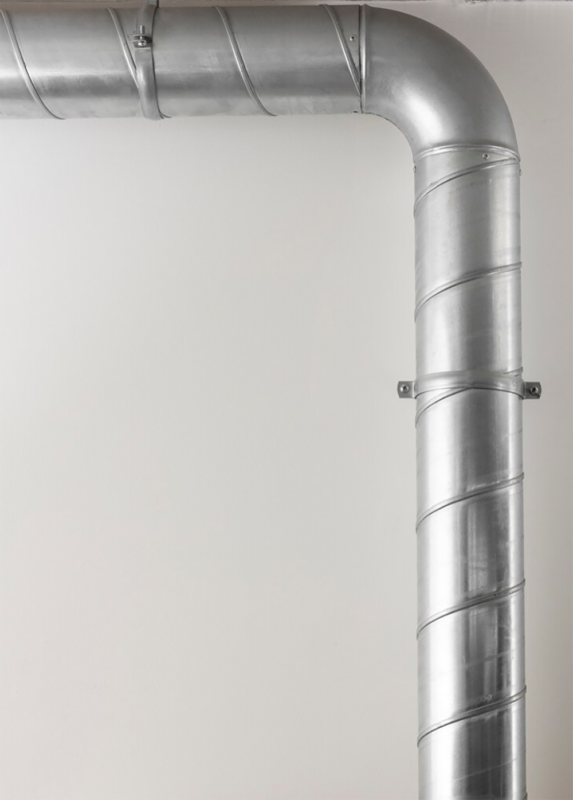
4. COMSOL Multiphysics
COMSOL Multiphysics is a multipurpose simulation software that can handle a wide range of physical processes, including heat transfer and fluid flow. It is particularly useful for designing and optimizing heat exchangers in a highly customizable environment. Key features include:
- Coupled simulations: COMSOL allows for simultaneous modeling of heat transfer, fluid flow, and structural mechanics, making it ideal for designing complex heat exchanger systems.
- Customization: With COMSOL, engineers can customize simulations to fit their specific needs, whether they’re working with specialized fin geometries or unique operating conditions.
- Parametric studies: COMSOL enables parametric studies to evaluate how changes in design parameters (like fin height, number, or tube length) affect overall performance.
For engineers who need a flexible, high-performance tool to design finned tube condensers and simulate various operational scenarios, COMSOL is a great option.
5. SolidWorks Flow Simulation
SolidWorks Flow Simulation is a CAD-integrated simulation tool that is particularly useful for engineers working in the mechanical design space. It allows users to simulate fluid flow and heat transfer directly within their CAD models, making it easy to design and test finned tube condensers. Key features include:
- CAD integration: SolidWorks integrates seamlessly with CAD models, allowing engineers to design and simulate in the same environment.
- Heat transfer and fluid dynamics: The software models both heat transfer and fluid flow, enabling users to optimize the condenser’s performance in real-world conditions.
- Ease of use: SolidWorks is user-friendly, making it an ideal choice for engineers who are familiar with CAD but may not have extensive experience with advanced simulation tools.
For engineers who already use SolidWorks for their designs, the Flow Simulation module is an excellent option for conducting heat transfer and fluid flow analysis.
Conclusion: Choosing the Right Software for Finned Tube Condenser Design
Designing an efficient and high-performance finned tube condenser requires a careful balance of heat transfer, pressure drop, and system efficiency. Fortunately, there are several robust software tools available to assist with these calculations. Software like HTFS, ANSYS Fluent, Aspen Plus, COMSOL Multiphysics, and SolidWorks Flow Simulation offer powerful capabilities to model and optimize tube lengths, fin geometries, and cooling capacities.
The best choice depends on the specific needs of your project, whether you need detailed CFD simulations, system-level optimization, or a simple and intuitive design interface. Whatever tool you choose, these software solutions will provide invaluable insights that can lead to more efficient and cost-effective heat exchangers, driving better performance for your HVAC, refrigeration, or industrial cooling applications.




